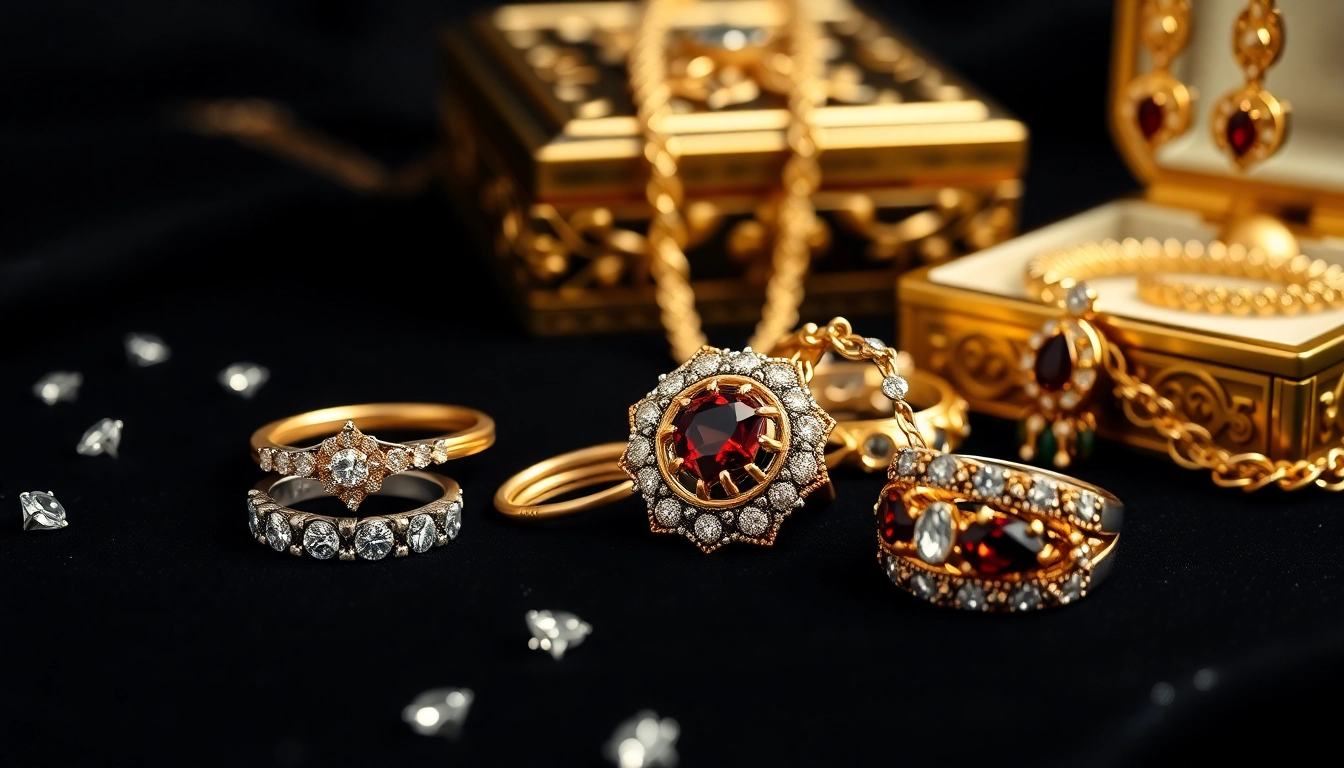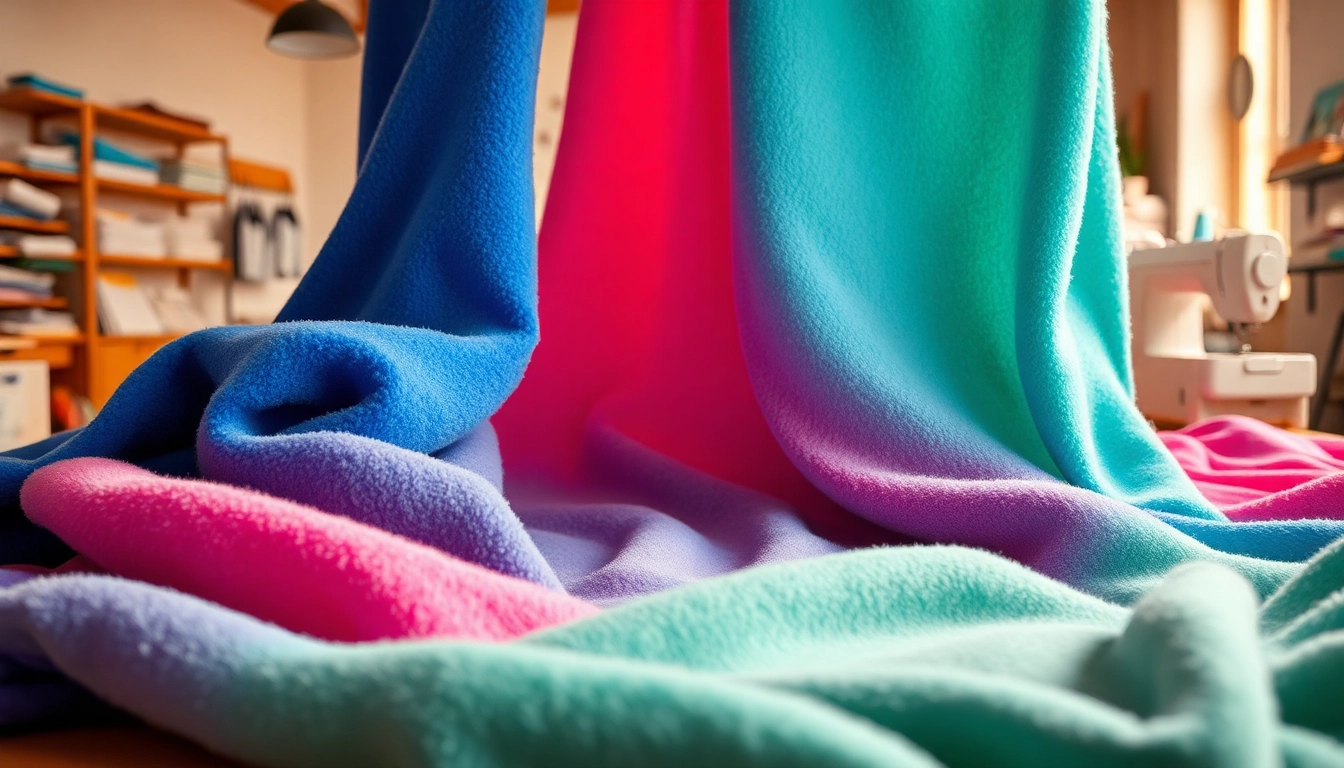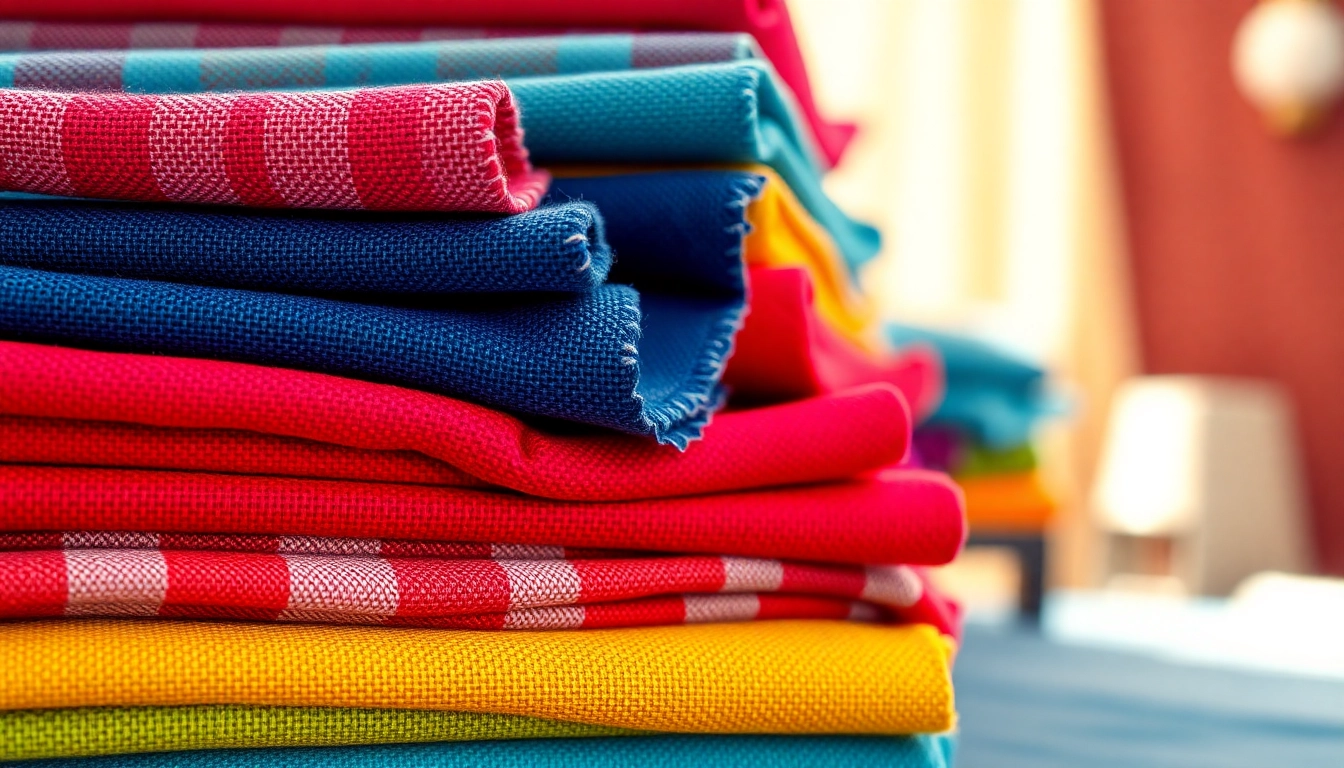The world of Jewelry is as vibrant and multifaceted as the pieces themselves. From shimmering diamonds to intricately crafted gold, jewelry serves not just as adornment but as a form of self-expression, cultural identity, and emotional connection. In this comprehensive guide, we will dive into various aspects of jewelry, including its types, current trends, cultural significance, and tips for choosing, caring for, and even investing in your treasured pieces.
Understanding Jewelry: Types and Trends
Overview of Jewelry Categories
Jewelry can be broadly categorized into several types, each serving its unique purpose and audience. Let’s explore some of the most common categories:
- Fine Jewelry: Typically made from precious metals and gemstones. Fine jewelry often includes items such as engagement rings, necklaces, and earrings characterized by high-quality materials and craftsmanship.
- Fashion Jewelry: Also known as costume jewelry, this category is made from less-expensive materials such as base metals, glass, and synthetic stones. Fashion jewelry is typically trendy, versatile, and available at affordable prices.
- Heirloom Jewelry: Passed down through generations, heirloom pieces often hold significant sentimental value. They can be made from either fine or fashion materials and may come with unique stories and histories.
- Ethnic Jewelry: Represents the cultural heritage of specific regions. These pieces often incorporate traditional symbols, designs, and materials unique to various ethnic groups around the world.
- Art Jewelry: Focused on artistic expression, art jewelry can be seen as wearable art. These pieces often incorporate unusual materials and are usually created by independent artists or craftspeople.
Current Jewelry Trends and Styles
The jewelry industry is constantly evolving, with designers and consumers embracing new trends. Here are some current trends to watch for:
- Layering: Layering necklaces, bracelets, and rings is a popular trend allowing for personalized, unique styles. Mixing different lengths and styles creates a unique look that can be changed easily.
- Sustainable Jewelry: With increasing awareness of environmental issues, consumers are prioritizing sustainable options. Many brands are now focusing on ethically sourced materials and eco-friendly production methods.
- Colorful Gemstones: While classic diamonds and pearls will always hold a place in the market, vibrant colored gemstones are becoming increasingly popular. Stones like sapphires, emeralds, and rubies are sought after for their rich colors and unique properties.
- Bold Statements: Chunky, oversized pieces are trending, with many choosing statement earrings or rings that become the focal point of an outfit.
Cultural Significance of Jewelry
Jewelry has played a significant role in different cultures throughout history. It often signifies status, conveys love, and marks important life events. Consider the following:
- Marriage and Engagement: In many cultures, rings symbolize commitment and love. Wedding bands are often exchanged during ceremonies, marking the start of a new chapter in life.
- Cultural Identity: Specific jewelry pieces can represent one’s cultural background. Traditional earrings, necklaces, or bracelets often carry deeply rooted cultural significance and are worn during rituals or celebrations.
- Death and Mourning: In some cultures, specific jewelry is worn to commemorate loved ones who have passed away. Mourning jewelry can take various forms, often uniquely designed to represent the deceased.
Selecting the Perfect Jewelry for Every Occasion
Jewelry Choices for Formal Events
Selecting the right jewelry for formal events can elevate your outfit and showcase your personality. Here are some tips for making the right choice:
- Opt for Elegance: For formal occasions, choose pieces that reflect elegance and sophistication. Consider diamond earrings or a classic pearl necklace for a timeless look.
- Consider the Dress Code: Be mindful of the event’s dress code. Black tie events may call for more extravagant and classic jewels, while business formal occasions may require subtle, understated pieces.
- Balance with Your Outfit: Ensure that your jewelry complements your attire. If you are wearing a statement dress, minimal jewelry is best to avoid overpowering your look.
Everyday Jewelry: Comfort Meets Style
For daily wear, select pieces that are comfortable yet stylish. Here are some tips:
- Minimalistic Designs: Opt for simple, understated designs that can pair easily with various outfits. Stud earrings or simple chains often work best.
- Durability: Choose materials that can withstand everyday wear, such as stainless steel or gold plating.
- Personal Touch: Personalize your everyday jewelry with initials or birthstones, making them unique to you.
Gift Jewelry: Personalization and Meaning
Jewelry makes for a heartfelt and meaningful gift. Consider the following when selecting gift jewelry:
- Personalization: Customized jewelry, such as engraved names or dates, adds a personal touch that the recipient will cherish.
- Know Their Style: Pay attention to the recipient’s style and preferences. Do they prefer minimalist jewelry or statement pieces?
- Occasion Matters: Choose jewelry that fits the occasion, such as a charm bracelet for birthdays or a delicate necklace for anniversaries.
Caring for Your Jewelry: Maintenance Tips
Cleaning and Storing Jewelry Properly
Proper care and maintenance extend the life of your jewelry. Here are some best practices:
- Regular Cleaning: Clean your jewelry regularly using a soft cloth and mild soap to keep it looking its best.
- Storage Solutions: Store different types of jewelry separately to avoid scratches. Consider using a jewelry box with compartments or anti-tarnish pouches.
- Avoid Moisture: Keep your jewelry away from humid environments, as moisture can tarnish metals and dull stones.
Preventing Damage to Jewelry
To prevent damage, take the following precautions:
- Remove Before Activities: Always remove jewelry before engaging in activities that may cause stress to the pieces, such as exercising or swimming.
- Limit Exposure to Chemicals: Keep your jewelry away from harsh chemicals, including cleaning agents and perfumes, which can cause tarnishing or discoloration.
- Regular Checks: Regularly inspect your jewelry for loose stones or signs of wear. Early detection can prevent more severe damage.
Identifying and Repairing Common Issues
If problems arise with your jewelry, it’s essential to identify and address them quickly:
- Loose Stones: If you notice a stone becoming loose, take the piece to a jeweler for a professional evaluation and repair.
- Tarnishing: When jewelry becomes tarnished, use a soft cloth or a specialized tarnish remover to restore shine.
- Clasp Malfunctions: If a clasp breaks or doesn’t close properly, it can pose a risk of losing the piece. Get it repaired or replaced as soon as possible to avoid loss.
The Art of Jewelry Design: Creativity and Craftsmanship
Designing Custom Jewelry: A Personal Touch
Custom jewelry allows you to express your individuality and creativity. When designing custom pieces, consider the following:
- Inspiration Sources: Draw inspiration from personal experiences, favorite colors, or meaningful symbols to create a unique piece.
- Collaboration with Designers: Work closely with a professional jeweler who can translate your ideas into tangible designs, ensuring your vision comes to life.
- Budget Considerations: Custom designs might range in price depending on materials and complexity, so ensure clear communication about your budget.
Understanding Jewelry Crafting Techniques
Jewelry making is an art that encompasses various techniques:
- Metalworking: Techniques such as soldering, forging, and metal casting are fundamental skills for creating jewelry.
- Stone Setting: This requires precision and skill to securely set stones into their respective mounts without damaging them.
- Enameling: A decorative process that involves fusing powdered glass to metal, creating vibrant colors and designs.
- Beading: Stringing beads to create necklaces, bracelets, and other decorative items requires creativity and a good understanding of materials.
The Role of Technology in Modern Jewelry Design
Today, technology plays a crucial role in jewelry design and production:
- 3D Printing: Allows for the rapid prototyping of intricate designs, enabling greater creativity and precision in design.
- Software Design: CAD (Computer-Aided Design) software provides designers with the tools to create detailed 3D models of their pieces.
- Online Customization: Platforms exist where consumers can customize their jewelry choices online, reviewing various design options before making a final decision.
Investment in Jewelry: Value and Appreciation
Assessing Jewelry Value: Factors and Appraisal
When considering jewelry as an investment, various factors play into its value:
- Material Quality: The quality of the metal and gemstones significantly affects the overall value. Precious metals like gold and platinum often appreciate over time.
- Craftsmanship: Handmade or intricately designed pieces often command higher prices due to the time and skill involved in their creation.
- Market Trends: Keeping an eye on current market trends can help you identify pieces that are likely to appreciate in value.
Jewelry as an Investment: Long-term Benefits
Investing in jewelry can offer several benefits:
- Hedge Against Inflation: Precious metals often retain value during economic downturns, providing a safeguard against inflation.
- Emotional Value: Beyond monetary value, jewelry often holds sentimental significance, making it a personal and emotional investment.
- Diversification: Including jewelry in an investment portfolio can provide diversity, helping mitigate risks associated with market fluctuations.
Reselling and Trading Jewelry: Tips and Insights
If you’re considering reselling jewelry, here are some tips:
- Research Market Value: Before reselling, check current comparable sales to understand the market value of your piece.
- Choose the Right Platform: Decide whether to sell through auctions, online marketplaces, or local jewelry stores, considering each platform’s pros and cons.
- Maintain Documentation: Keep receipts, appraisals, and certificates of authenticity for higher-value pieces to boost buyer confidence during resale.



